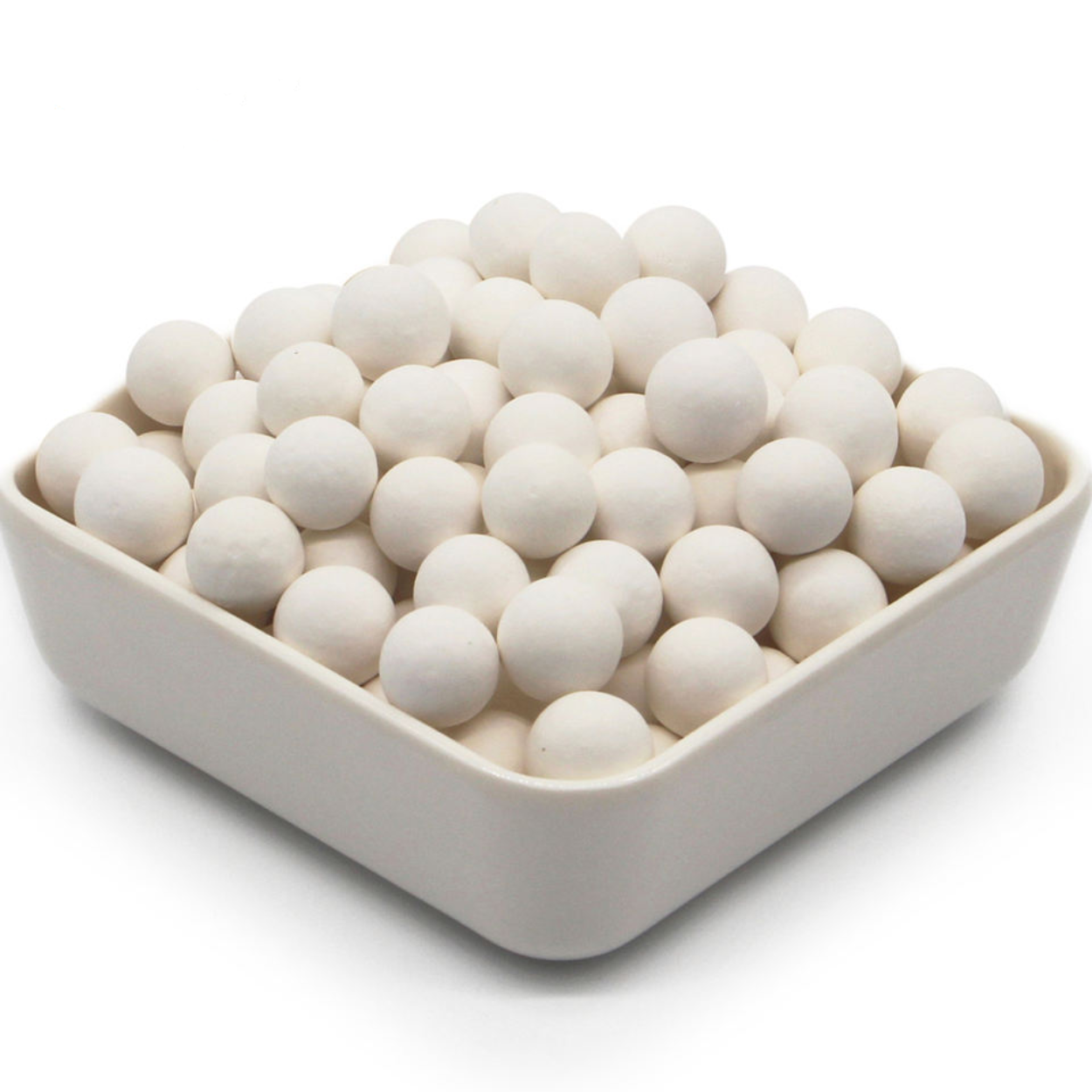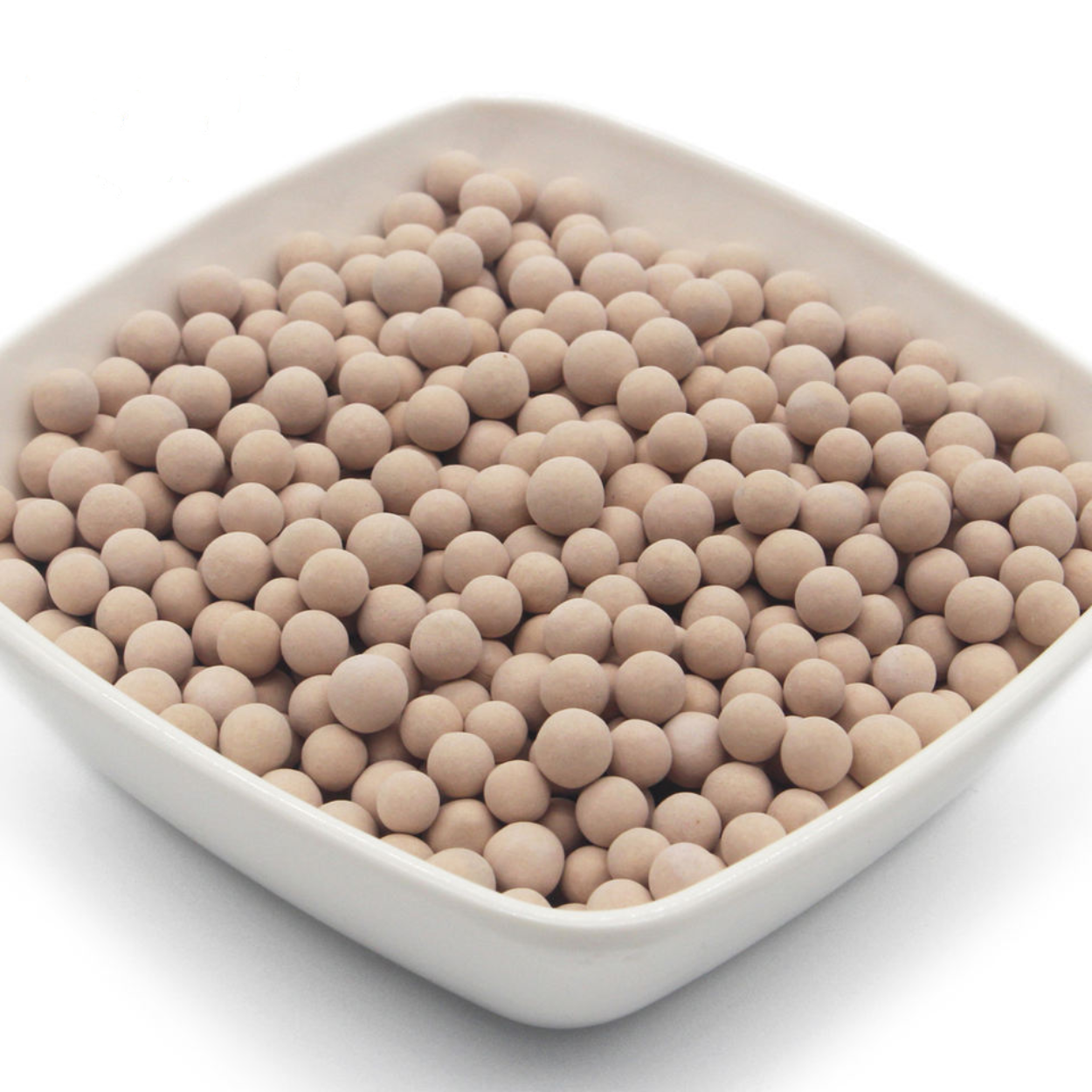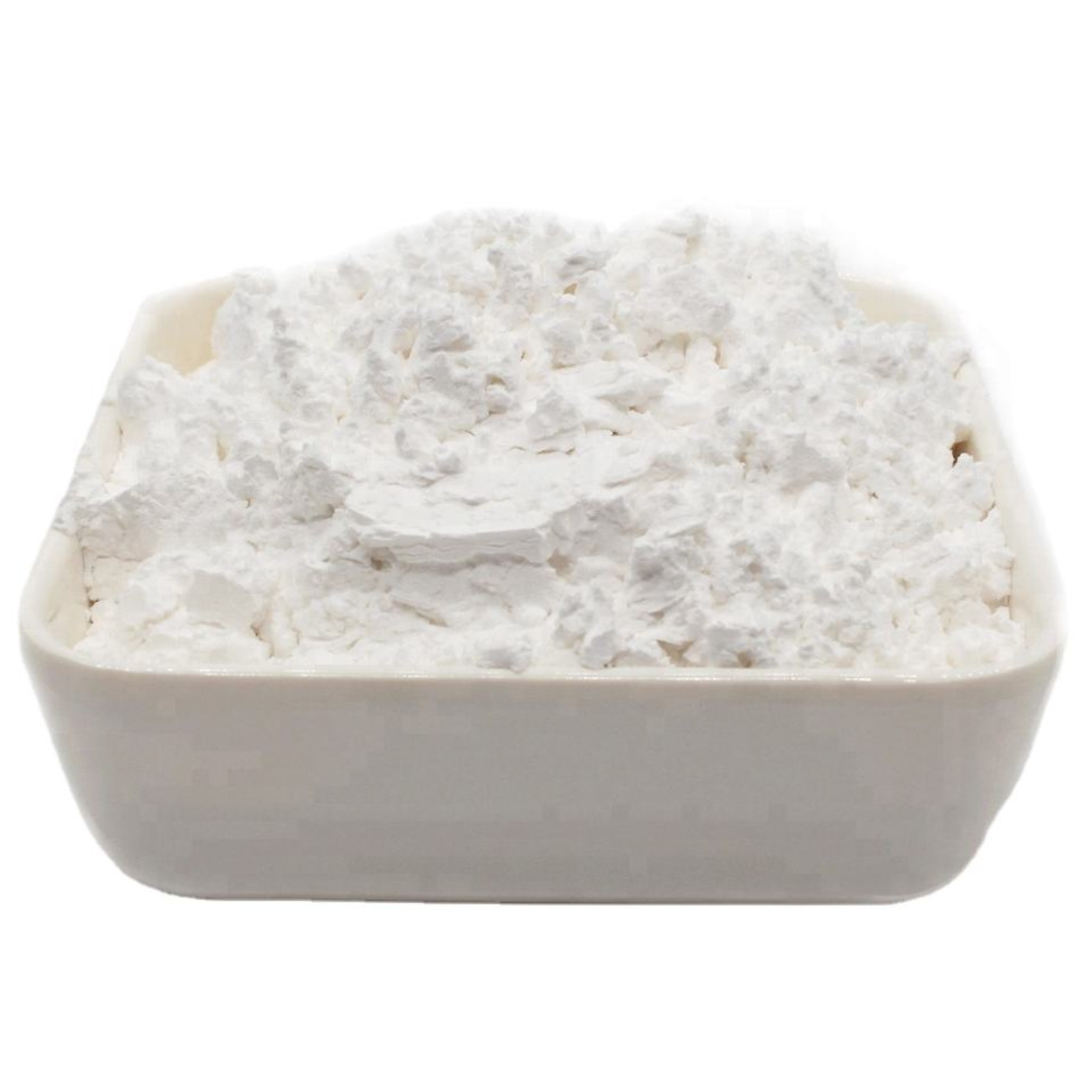
Manufacturer 4A vs 3A Molecular Sieves in LNG Dehydration
LNG dehydration mainly uses 4A molecular sieves for water and hydrocarbon removal, while 3A suits cases needing zero hydrocarbon adsorption.
In the production and application of polyurethane adhesives, controlling curing time is crucial for ensuring construction quality and final product performance. Molecular sieve activated powder, as a high-performance functional additive, not only effectively eliminates bubbles in polyurethane systems but also scientifically adjusts curing time, providing a more flexible working window for adhesive applications. This article will explore in depth how molecular sieve activated powder extends polyurethane adhesive curing time, selection methods, and application techniques to help you optimize production processes and enhance product competitiveness.
Short curing times in polyurethane adhesives are a common issue troubling many manufacturers and applicators. Traditional polyurethane adhesives, when combined with conventional desiccants, often experience accelerated reactions and significantly shortened pot life, causing considerable inconvenience during application. Molecular sieve activated powder, through its unique selective adsorption mechanism and surface modification technology, offers an innovative solution to this industry pain point.
The root cause of shortened curing times lies in the complexity of polyurethane chemical reactions. When isocyanate (NCO) groups react with polyols (OH), trace moisture competes with NCO, forming CO₂ bubbles and accelerating crosslinking. Moreover, traditional molecular sieves, with their alkaline surfaces (pH 9-10), catalyze the NCO-OH reaction, further shortening curing time. Tests show that adding standard 4A molecular sieves can reduce polyurethane adhesive pot life by 30-50%, severely affecting large-area applications or complex assemblies.
Molecular sieve powder offers a dual-regulation mechanism, making it an ideal curing time extender. On one hand, its nano-scale pores (3-4Å) selectively adsorb water molecules, preventing side reactions between water and NCO, thus reducing CO₂ bubble formation and preserving NCO for the main reaction. On the other hand, specially modified molecular sieves (e.g., potassium ion exchange or organic anhydride treatment) lower surface alkalinity, reducing catalytic effects on the curing reaction. Patented technology shows that potassium chloride-exchanged 3A sieves can control pH to 7.5-8.5, significantly slowing down curing speed.
Technological advancements in modified molecular sieve powders have made remarkable progress in recent years. For example, Wuxi Sanxiao New Materials has developed patented products using organic anhydrides (such as succinic anhydride) and silane coupling agents (like 3-aminopropyltriethoxysilane) to enhance water adsorption (over 22%) while extending adhesive pot life by 20-30%. Similarly, Zhengzhou Chaorong Nano Materials employs chromic nitrate and terephthalic acid treatments to create coordination structures on sieve surfaces that efficiently adsorb moisture without interfering with reaction kinetics.
| Characteristic | Traditional Molecular Sieve | Modified Activated Powder | Performance Improvement |
|---|---|---|---|
| pH Value | 9-10 (Highly Alkaline) | 7.5-8.5 (Near Neutral) | Reduced curing catalysis |
| Water Adsorption | 22-24% | 21-23% | Maintains strong dehydration |
| Pot Life Extension | Shortens by 30-50% | Extends by 20-30% | Enhances workability |
| Bubble Control | Good | Excellent (<0.5% porosity) | |
| Dispersion | Prone to agglomeration | Surface-modified for better dispersion | Improved extrusion uniformity |
Although modified molecular sieve activated powders are 15-20% more expensive than traditional sieves, their overall economic benefits are significant: reducing material waste from rapid curing (savings of 5-8%), extending application windows to lower labor costs, and eliminating bubbles to improve product yield (up to 99.5%). A case study from Dalian Haixin Chemical showed that after adopting modified sieve powder, polyurethane adhesive production efficiency increased by 18%, and rework rates dropped from 6% to 0.8%.
By understanding the mechanism and technological advancements of molecular sieve activated powder in controlling curing time, polyurethane adhesive manufacturers can make more informed additive choices, ensuring dehydration performance while achieving ideal operational timeframes to meet diverse application needs.

LNG dehydration mainly uses 4A molecular sieves for water and hydrocarbon removal, while 3A suits cases needing zero hydrocarbon adsorption.

Achieve ultra-deep dehydration of cracked gas with 3A molecular sieves—remove water without ethylene/propylene loss, ensuring catalyst life and product purity.

Home Desiccant Activated Alumina for air compressor drying gas purification wholesale Email WhatsApp Product Inroduction: Desiccant Activated Alumina for air

Home Adsorbent Zeolite 13x Molecular Sieve for Removing Odor From LPG in air Freshener Plant Email WhatsApp Product Inroduction: Adsorbent Zeolite
As a leading molecular sieve manufacturer, we share the latest industry news and insights on adsorbents like molecular sieves, sieve powder, and activated alumina.

This article systematically explains the entire production process of molecular sieve activated powder, covering raw material selection and pretreatment, synthesis methods, activation treatment, product processing, and quality control.

Reduce hydrogen gas and prevent can bulging in zinc- or tin-rich PU coatings with molecular sieve powder. Improve storage and anti-corrosion performance.

Discover how 3A molecular sieves deliver high-purity solvent dehydration for pharmaceutical manufacturing with unmatched efficiency and cost-effectiveness.